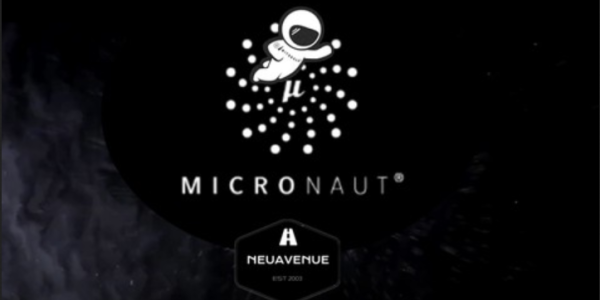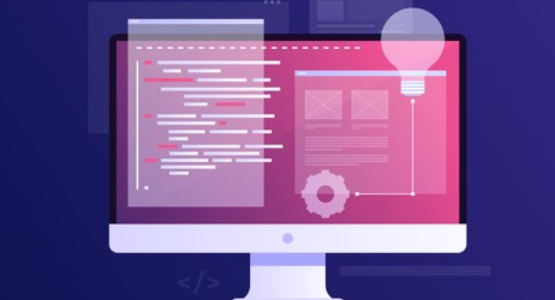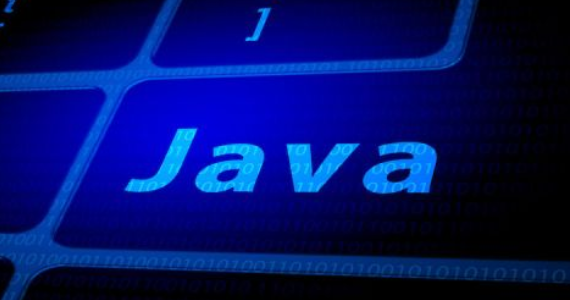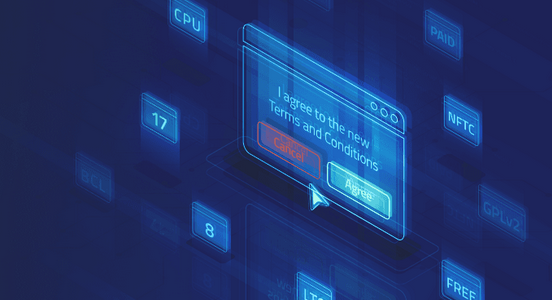Setting up LUKS 2 – Keeping the Data Safe – Securing a System
We can now look at the LUKS key slots. You should see the key in the second slot now.As seen in the following screenshot, slot 1: is populated with a key: Figure 9.7 – LUKS with the second slot used…
Setting up LUKS – Keeping the Data Safe – Securing a System
Setting up LUKS dnf -y install cryptsetup clevis clevis-luks clevis-dracut [root@clevis ~]# lsblk NAME MAJ:MIN RM SIZE RO TYPE MOUNTPOINTsda 8:0 0 100G 0 disk├─sda1 8:1 0 1G 0 part /boot └─sda2 8:2 0 72.9G 0 part├─ol-root 252:0 0 50G…
Keeping SELinux active – Keeping the Data Safe – Securing a System
Keeping SELinux active SELinux, or Security-Enhanced Linux, is a security module that provides mandatory access control (MAC) policies in the Linux kernel. It is needed because it offers a higher level of security for Linux systems by enforcing strict rules…
SELinux fixfiles – Keeping the Data Safe – Securing a System
SELinux fixfilesSELinux fixfiles is a command-line tool that’s used to restore the SELinux file contexts of files and directories. SELinux uses file contexts to determine which processes and users can access specific files or directories on the system. When file…
Keeping SELinux active 2 – Keeping the Data Safe – Securing a System
How to do it… The state of SELinux can be changed on the fly using the command setenforce with the parameters 1 or 0. Using 1 puts SELinux into enforcing mode, while 0 puts it into permissive mode. Additionally, you…
Searching and listing AppStream modules – Revisiting Modules and AppStreams
Searching and listing AppStream modules First things first, let’s review the list of commands that pertain to modules:• disable: Disable a module with all its streams• enable: Enable a module stream• info: Print detailed information about a module• install: Install…
Working directory – Lions, Tigers, and Containers – Oh My! Podman and Friends
Working directoryYou’ll often want to specify the working directory inside the container, because that’s where the container is configured by default to perform its work. To get the working directory of a container, you can run the following: $ podman…
Making a change to an image or video file using FFMPEG 2 – Lions, Tigers, and Containers – Oh My! Podman and Friends
Once NPM completes the build, you’ll find your application binaries inside a directory called ./build on your host machine But wait, just as I mentioned earlier, there is more than one way to skin a cat. A more elegant way…
Making a change to an image or video file using FFMPEG – Lions, Tigers, and Containers – Oh My! Podman and Friends
Making a change to an image or video file using FFMPEG In this example, we will leverage FFMPEG within a container in the same way we leveraged pandoc in the previous container. Using the FFMPEG container is especially handy because…
Containerized databases – Lions, Tigers, and Containers – Oh My! Podman and Friends
Containerized databases This recipe discusses best practices regarding the use of containerized databases. Getting ready We will require the following: How to do it… Containers make databases a much easier pill to swallow for your everyday application deployments. There’s not…





